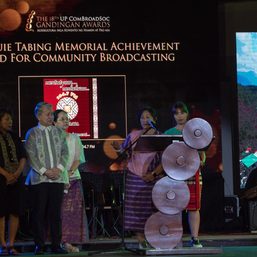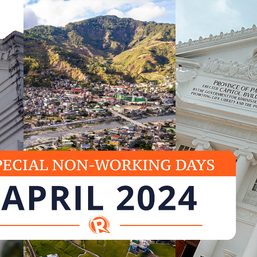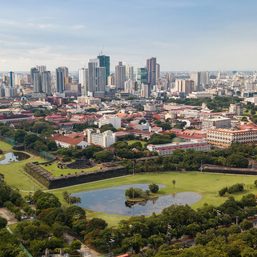SUMMARY
This is AI generated summarization, which may have errors. For context, always refer to the full article.
![[IN PHOTOS] Shooting and developing the Cordillera soul: Eduardo Masferré in the digital age](https://www.rappler.com/tachyon/2023/11/masferre-shots-3.jpg)
BAGUIO, Philippines – The Ibagiw Creative Festival, in its sixth year as a UNESCO-designated creative city, just opened the retrospective exhibition of the late Eduardo Masferré, a distinguished Montañosa-based photographer.
The exhibit, “Cordillera Analogues: The Photographs of Eduardo Masferré,” showcases 27 of his iconic images, capturing the essence of the Cordillera region.
Taking place at Gallery 2600 within the Baguio Convention and Cultural Center, the exhibition is open to the public from November 18, 2023, to January 15, 2024. This event is significant, given Masferré’s connections to Baguio City, where he completed his secondary education and later contributed as an associate editor of a local newsweekly in the 1940s.
Beyond a mere display of photography, the exhibit, conceived partly by Masferré’s children, features his original notes, photographic equipment, and images by his assistants, providing an all-encompassing look at his process and body of work. Attendees are also offered curatorial notes for a deeper understanding of his collection.
Visitors have the opportunity to purchase a 12-postcard set featuring Masferré’s select photographs, adding a tangible element to the experience.
Masferré’s legacy in documenting Cordillera’s culture is marked by an extensive portfolio developed over two decades. His travels across the Mountain Province, Kalinga, and Ifugao resulted in photographs that authentically depict the region’s spirit.
Originally exhibited in his Bontoc studio, Masferré’s work gained prominence, leading to national and international exhibitions, including at the Cultural Center of the Philippines and in cities like Copenhagen, Tokyo, and Arles in France. His 1992 solo exhibition at the Smithsonian Institute’s Museum of Natural History in Washington DC was a landmark exhibition for any Filipino artist, with his collection now part of the Smithsonian archives.
Masferré’s unique heritage, being of Spanish and Kankanaey descent, and his upbringing in Sagada and Bontoc, deeply influenced his photography, imbuing it with authenticity and respect. His work continues to testify to the Cordillera’s rich cultural landscape.
The ethnographic richness of Masferré’s photography
Masferré’s photographs are renowned for their ethnographic depth, offering a distinctive portrayal of the Cordillera’s culture and its people. His enduring friendship with anthropologist Harold Conklin, which began in 1946, reflects their shared passion for understanding the traditional ways of the Igorot.
Masferré’s use of analogue photography techniques, like calotype or silver-gelatin, emphasizes the cultural objects, customs, and locales of the Cordillera, linking past and present.
Masferré’s photographs, such as the celebrated portrait of Lakay Kabayo, go beyond aesthetics, serving as ethnographic and historical symbols of indigenous Filipino societies.
They encapsulate cultural narratives and are seen as integral components of the nation’s story, portrayed as visual tapestries of the upland region and illustrating Masferré’s dedication to photography as a science, craft, and art.
Accidental historian or persistent shadow catcher
Born in 1909 in Mountain Province, Masferré emerged as a pivotal figure in Philippine photography. His unique upbringing and self-taught skills led to a comprehensive documentation of the Cordillera people during the mid-20th century. His works, exhibited worldwide and published in various books, have solidified his status in the annals of Philippine photography.
His son, Pancho, offered personal insights into his father’s life and his significant impact on the arts and the local community. He shared that his father, celebrated as the father of Philippine photography, not only portrayed the Cordillera’s soul through his lens but also profoundly influenced Sagada’s agricultural landscape by introducing orange and coffee cultivation.
Most importantly, his photography elevated the people of the Cordillera in the global eye, showcasing them as proud and dignified indigenous peoples.
The return of Masferré’s iconic photographs to Baguio for the 2023 Ibagiw Festival, after 35 years, marks a momentous occasion that honors his artistic brilliance and the rich cultural heritage of the Cordillera region.















– Rappler.com
Add a comment
How does this make you feel?















There are no comments yet. Add your comment to start the conversation.